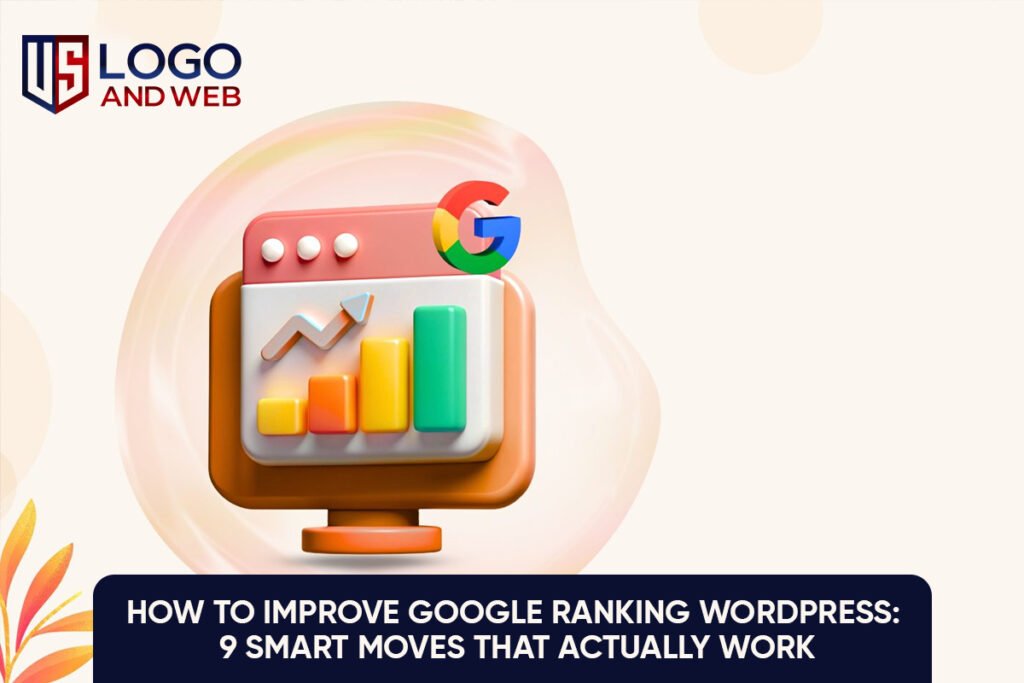No matter how stunning your WordPress website looks, it’s invisible without good SEO. And let’s be honest—getting found on Google feels a bit like chasing a moving target. Algorithms change, trends shift, and what worked last year might not work today.
But don’t stress. I’ve got you. Whether you’re a blogger, small business owner, or someone trying to outshine your competition, this guide will walk you through realistic, smart steps to boost your WordPress site’s ranking. Think of it as your personal cheat sheet—without the fluff.
Start with Solid On-Page SEO Basics
Before you even think about backlinks or technical hacks, get your on-page SEO in check. Think of this as laying the foundation.
- Use your main keyword in your page titles, headings (especially H1), and first paragraph.
- Optimize your meta descriptions and keep them under 155 characters.
- Add internal links to related posts or pages—it helps both readers and Google crawl your site better.
Also, don’t ignore SEO-friendly permalinks. Stick with clean URLs like yoursite.com/how-to-rank-wordpress rather than ?p=123. It’s easier for both humans and search engines to understand.
Choose the Best WordPress SEO Plugin
The right plugin can make your life way easier. Yoast SEO, Rank Math, and All in One SEO Pack are some of the best WordPress SEO plugins out there.
These tools help you:
- Add focus keywords and analyze content
- Generate sitemaps automatically
- Control indexing and crawling rules
- Preview how your page looks on Google
It’s like having an SEO coach inside your WordPress dashboard.
Optimize Images Without Slowing Down Your Site
Images make your content pop, but large file sizes can kill your site speed—bad news for SEO.
Here’s what you can do:
- Use compressed image formats like WebP
- Add alt text using relevant keywords
- Use descriptive file names (not IMG_1234.jpg)
There are plugins like ShortPixel or Smush that do this heavy lifting for you. And remember, faster load time = better rankings.
Nail Your Mobile SEO Game
Google uses mobile-first indexing, so if your site’s not mobile-friendly, you’re already behind.
Use a responsive theme, avoid intrusive pop-ups, and test your mobile performance using Google’s Mobile-Friendly Test. The goal? Smooth navigation, quick loading, and easy-to-read content on small screens.
Don’t forget to check your mobile SEO WordPress settings inside your plugin too. A few tweaks there can go a long way.
Use a Sitemap and robots.txt Wisely
A sitemap helps search engines find your content, while the robots.txt file tells them what not to index. Both are critical tools for better visibility.
Most SEO plugins will auto-generate a sitemap, but make sure it’s submitted to Google Search Console. Also, fine-tune your robots.txt to block unimportant or duplicate pages like admin URLs or tag archives.
If you’re asking, “How do I set up Google Search Console for WordPress?”—it’s easy. You just add your site, verify ownership, and submit the sitemap URL.
Clean Up Common WordPress SEO Mistakes
You’d be surprised how many WordPress sites tank their rankings with avoidable mistakes. Here’s what to double-check:
- No broken links or missing images
- Only one H1 tag per page
- Avoid keyword stuffing—it’s 2025, not 2005
- Keep content fresh and regularly updated
Fixing these basics alone can move the needle.
Build High-Quality Backlinks Strategically
No SEO guide would be complete without backlinks. But forget the sketchy spam tactics. Focus on quality over quantity.
Here’s how to start:
- Write guest posts on niche blogs
- Submit your site to trusted directories
- Create genuinely helpful, shareable content
- Reach out to influencers or industry voices
These link building strategies for WordPress help signal trust to Google—and that’s gold.
Use Schema Markup to Stand Out in Search Results
Want your content to stand out with stars, ratings, or extra info in search? Schema markup can help.
You can add it using plugins like Schema Pro or Yoast SEO’s premium features. Start with things like:
- Articles
- FAQs
- Local business info
It’s a small tweak with a big visual payoff.
Choose a Fast, SEO-Friendly WordPress Theme
Design isn’t just about looks—it affects load speed, mobile performance, and crawlability. Choose a lightweight WordPress theme optimized for SEO.
Look for:
- Responsive design
- Clean code
- Accessibility standards
- Compatibility with SEO plugins
Popular options? GeneratePress, Astra, and Kadence are crowd favorites.
Frequently Asked Questions (FAQs)
How can I increase my WordPress website traffic?
Start by optimizing on-page SEO, improving site speed, and sharing content consistently on social channels. Use internal linking and update older posts
What are the best SEO settings for WordPress?
Enable pretty permalinks, submit your sitemap, use a reliable SEO plugin, and configure meta tags and robots.txt. Regular updates also matter.
Is mobile SEO really that important for WordPress?
Yes. With most traffic coming from mobile, responsive design and mobile loading speed directly affect rankings and user experience.
What’s the easiest way to add schema markup in WordPress?
Use a plugin like Schema Pro or Yoast SEO Premium. They simplify the process with user-friendly interfaces.
Can I improve SEO without a plugin?
Technically yes, but plugins save time and reduce errors. Manual tweaks require deep technical knowledge and can be risky if done wrong.
Final Reflections
You don’t need to be a tech wizard or hire a big-budget agency to improve your WordPress SEO. What you need is consistency, the right tools, and a bit of patience. Remember, SEO is a long game—but every smart move you make compounds over time.
If you want help fine-tuning your SEO strategy or building a WordPress site that’s not just pretty but powerful, the team at US Logo and Web has your back. They blend creativity with data-driven tactics to get your site where it belongs—right at the top.
Ready to take action? Your ranking won’t wait forever.

